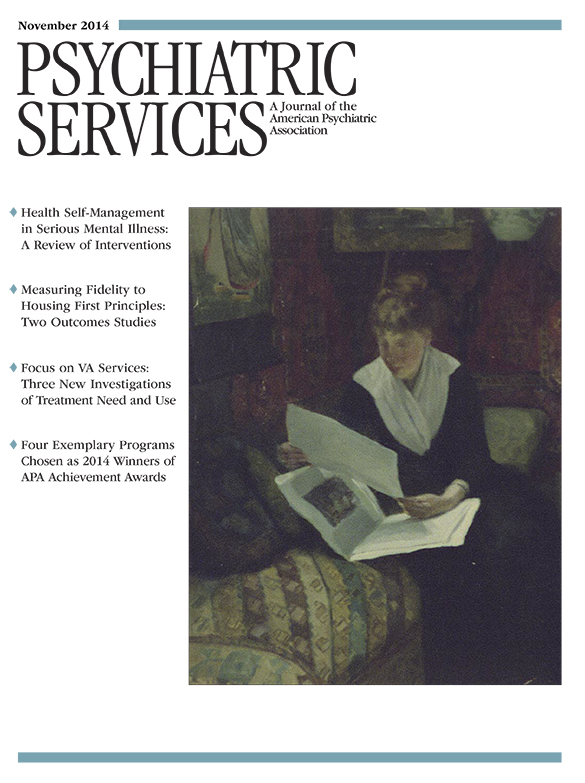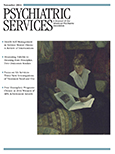In Electroconvulsive Therapy in Children and Adolescents, Neera Ghaziuddin and Garry Walter introduce the mental health community to the notion that ECT can be safely and effectively used for patients under age 18. ECT, even among mental health professionals, remains a treatment modality fraught with fear and misconceptions that the treatment is somehow barbaric or assaultive, sentiments made all the more vivid when recommending its use for the pediatric population. The authors confront the potential reservations in bringing ECT to the pediatric population by presenting a series of cogent and detailed articles that discuss not only the clinical indications for ECT in the pediatric population but also a host of special considerations such as consent, patient’s fear, parental concern, issues pertaining to safety and side effects, and logistical alterations to better suit the episode of treatment to the young patient. The articles contained in this compilation are exhaustive, pulling together available evidence for the practice of ECT in the pediatric population and augmenting it with the more robust literature from the adult community. The effect is a concentrated articulation of how and for whom ECT should be delivered, and it is drawn from the best available data.
The scope of the book is wide and covers technicalities of how to perform ECT, the mechanism of action of ECT, the history of the practice of ECT in adult and pediatric populations, and the populations that are best served by this treatment. The chapters appear to be contributed by practitioners of pediatric ECT; chapters are augmented with brief case vignettes to clinically exemplify the subject matter. In many ways, this book serves as a sentinel volume on the topic, because very few articles, let alone entire books, have dealt with this subject matter. In light of the dearth of high-quality articles and more general clinician experience with pediatric ECT, this book may serve to establish a standard of care rather than describe a preexisting one.
The volume succeeds in so many aspects of its content, but with the limited available research on the subject matter, it occasionally conveys an overly emphatic certainty that ECT is a treatment of valid evidence and robustness for particular ailments. At times, this certainty manifests as a polemical attitude, strongest in the introductory article where ECT is described as “the penicillin of psychiatry,” yet the analogy is complicated and difficult to understand.
By way of an introduction to the use of ECT with children and adolescents, Ghaziuddin and Walter’s book is largely a success. Where it may stumble is owed to a relative paucity of high-quality articles on which to base recommendations and a correlative attitude of occasional lofty certainty. That said, this book will certainly move the field forward as it attempts to draw ECT out from the shadows of misconception into the light of its own utility.
Acknowledgments
The reviewer reports no financial relationships with commercial interests.

